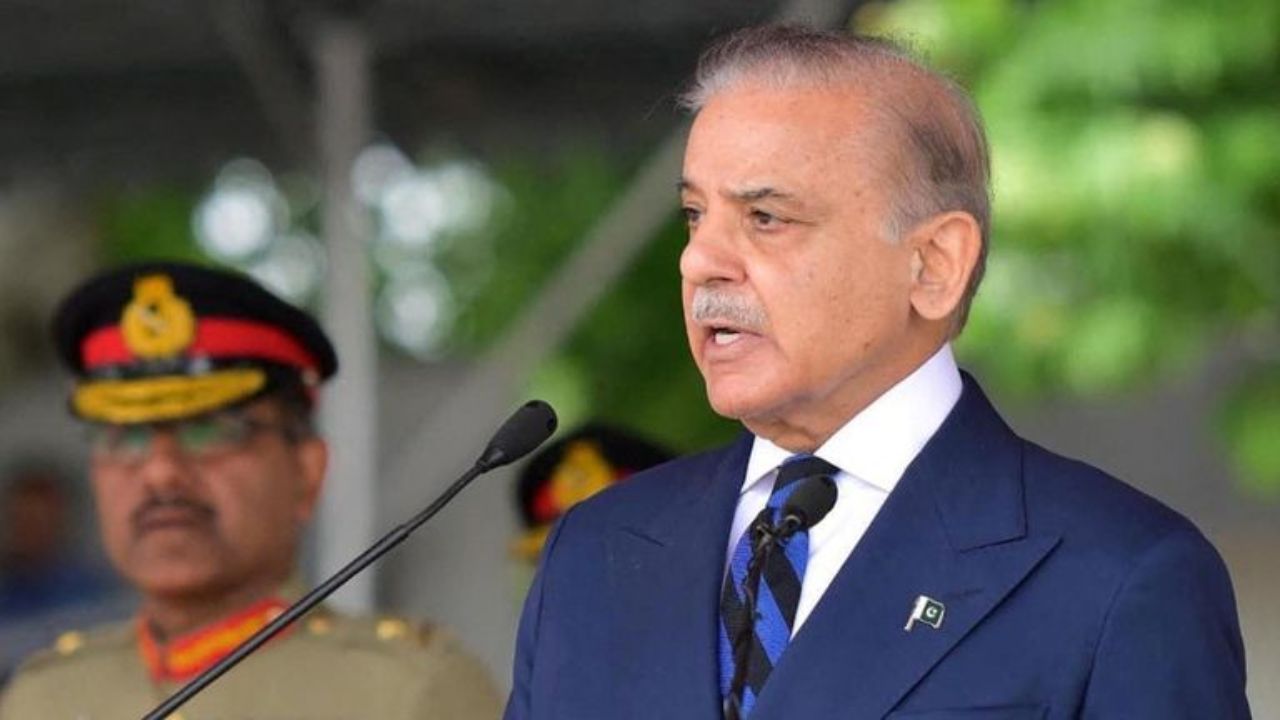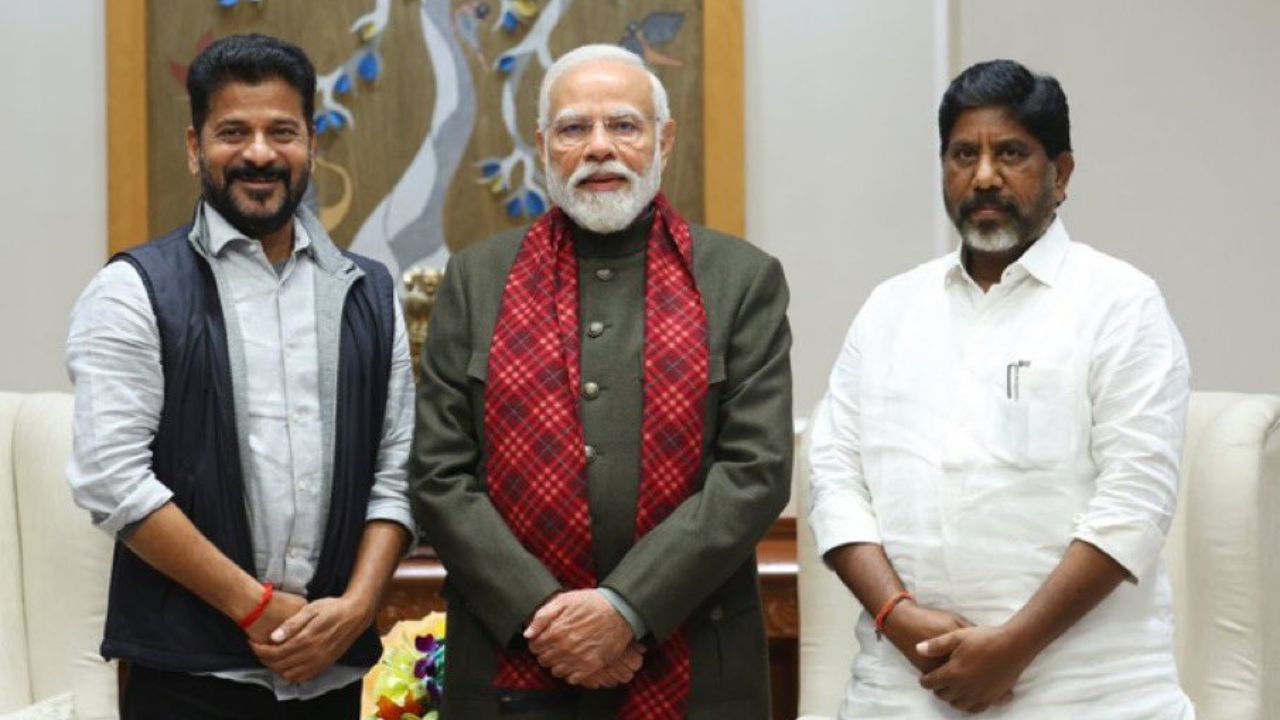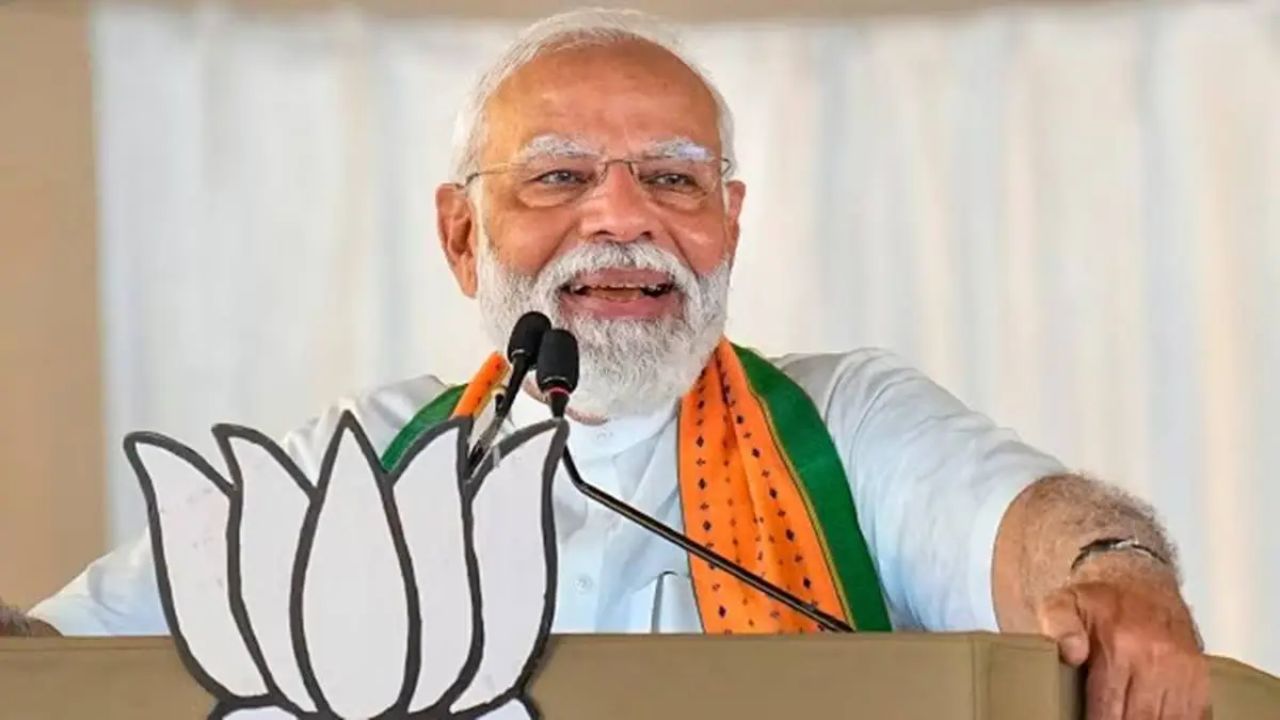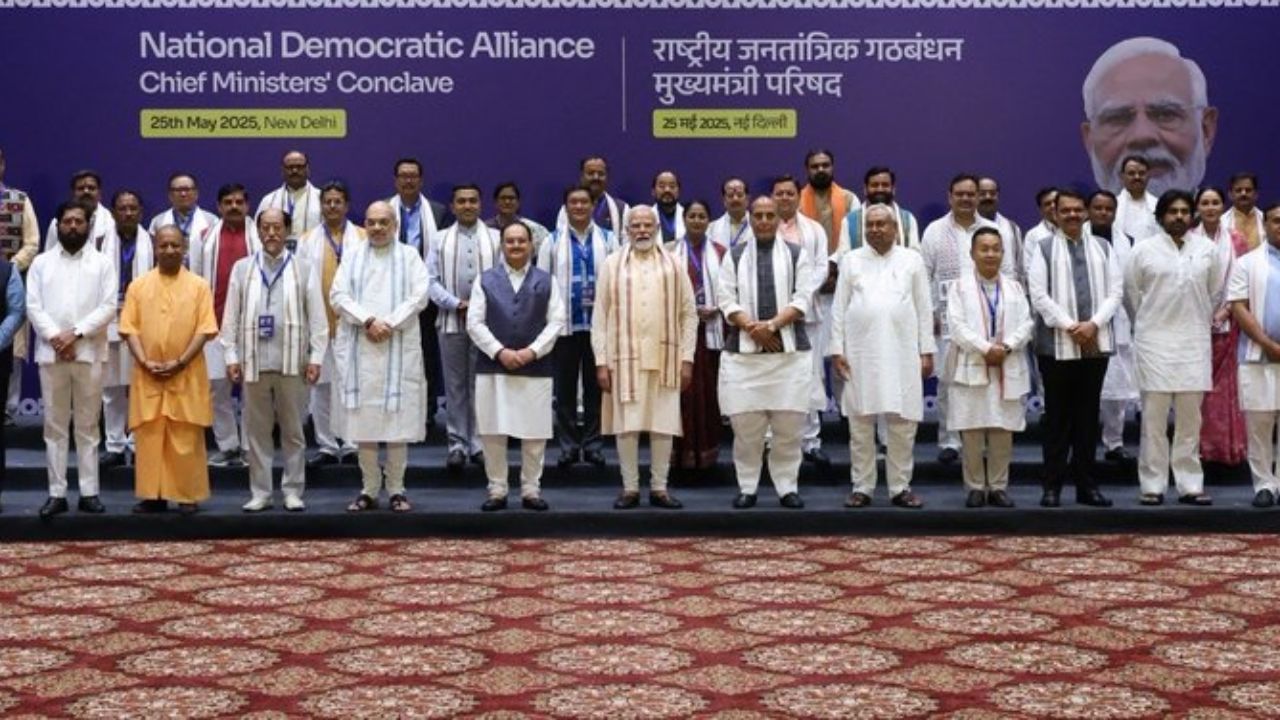Government Raises Income Tax Exemption to ₹12 Lakh from ₹7 Lakh – Here’s What FM Nirmala Sitharaman Said
FM Nirmala Sitharaman Justifies ₹12 Lakh Income Tax Exemption, Highlights Broader Relief Measures. Union Finance Minister Nirmala Sitharaman has explained that the government's decision to increase the income tax exemption limit from ₹7 lakh to ₹12
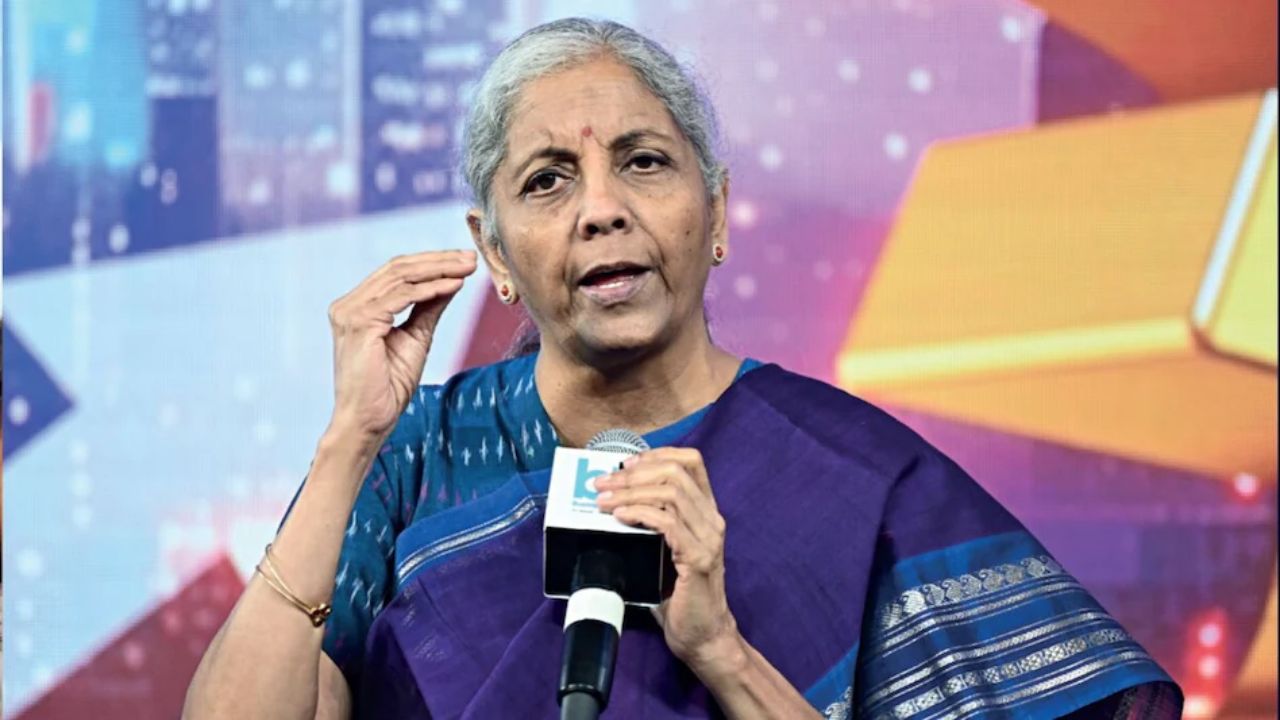
FM Nirmala Sitharaman Justifies ₹12 Lakh Income Tax Exemption, Highlights Broader Relief Measures.
Union Finance Minister Nirmala Sitharaman has explained that the government’s decision to increase the income tax exemption limit from ₹7 lakh to ₹12 lakh was intended to ease the financial burden on individuals earning ₹1 lakh per month. This move aims to make life easier for middle-class taxpayers and give them more disposable income to invest or spend.
In her address to the media, Sitharaman elaborated on the broader relief measures, such as lowering tax slab rates and widening tax brackets to ensure tax benefits are spread across various income groups.
Rationalizing Tax for Monthly Earners of ₹1 Lakh
When asked whether the decision responded to slower-than-expected income growth, the finance minister emphasized that the government’s goal is to ensure that individuals with an average monthly income of ₹1 lakh don’t face tax obligations.
“If someone earns ₹1 lakh a month, they shouldn’t be burdened with taxes. We’re addressing this by two key actions: reducing tax slab rates to make the system more progressive and expanding the tax brackets to ensure relief reaches more taxpayers,” said Sitharaman, as quoted by The Financial Express.
Extra Rebates for Certain Taxpayers
Sitharaman also pointed out that, beyond the reduction in tax slab rates, an additional rebate has been introduced for some taxpayers. The goal is for the money saved from tax reductions to be funneled back into the economy, boosting consumption, savings, and investments.
“We’ve decided to offer extra benefits to some individuals beyond slab rate reductions. The rebate will allow additional savings for certain taxpayers. These savings are expected to flow back into the economy through various means,” she added.
Comparing the Current Tax System to the 2014 Congress Regime
Drawing a comparison with the tax structure under the Congress-led government in 2014, Sitharaman pointed out how taxpayers are now better off under the current regime.
“In 2014, individuals earning ₹8 lakh paid ₹1 lakh in taxes. Today, they pay zero tax, resulting in an additional ₹1 lakh in their pocket. Similarly, those earning ₹12 lakh paid ₹2 lakh in 2014; now, they pay zero tax, saving ₹2 lakh,” she highlighted.
Wider Benefits Across Income Groups
Sitharaman also clarified that tax reforms’ benefits are not limited to those earning up to ₹12 lakh. Individuals with higher earnings are also witnessing significant tax reductions.
“For example, someone earning ₹24 lakh paid ₹5.6 lakh in taxes in 2014, but now they only pay ₹3 lakh, meaning they have ₹2.6 lakh more in hand. These tax cuts are not only benefiting those earning up to ₹12 lakh but also higher-income earners,” she stated.
Through these reforms, the government aims to put more money into the hands of the people, enabling them to contribute to the country’s economic growth through increased spending, savings, and investments. This move reflects a key shift in policy designed to address the needs of taxpayers across a wide range of income levels.


